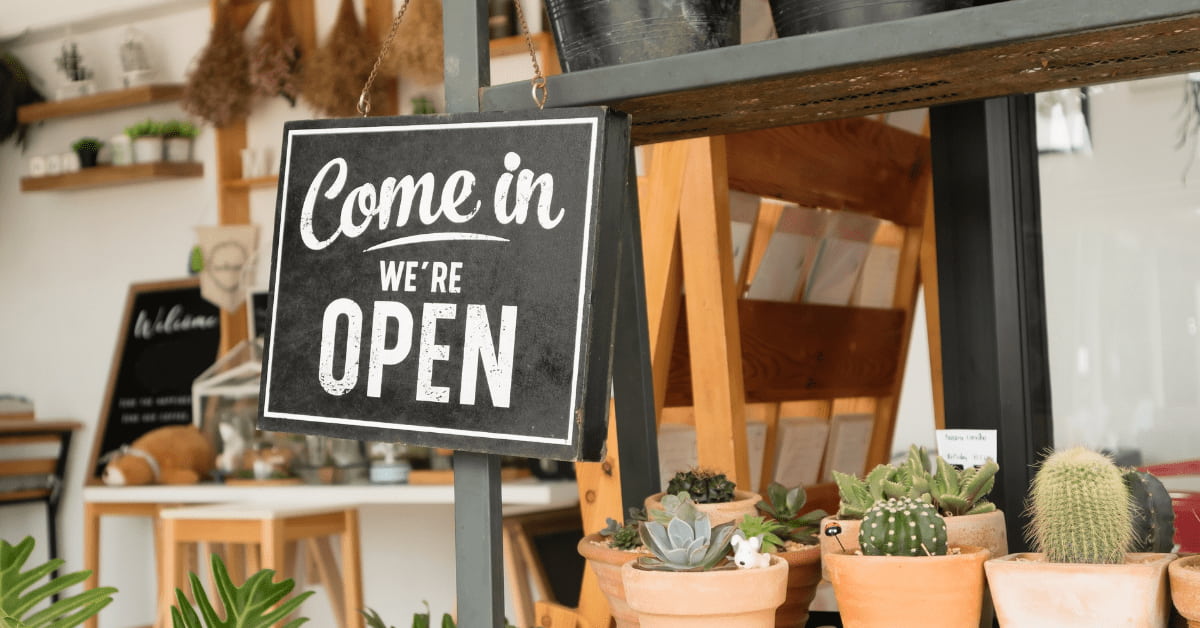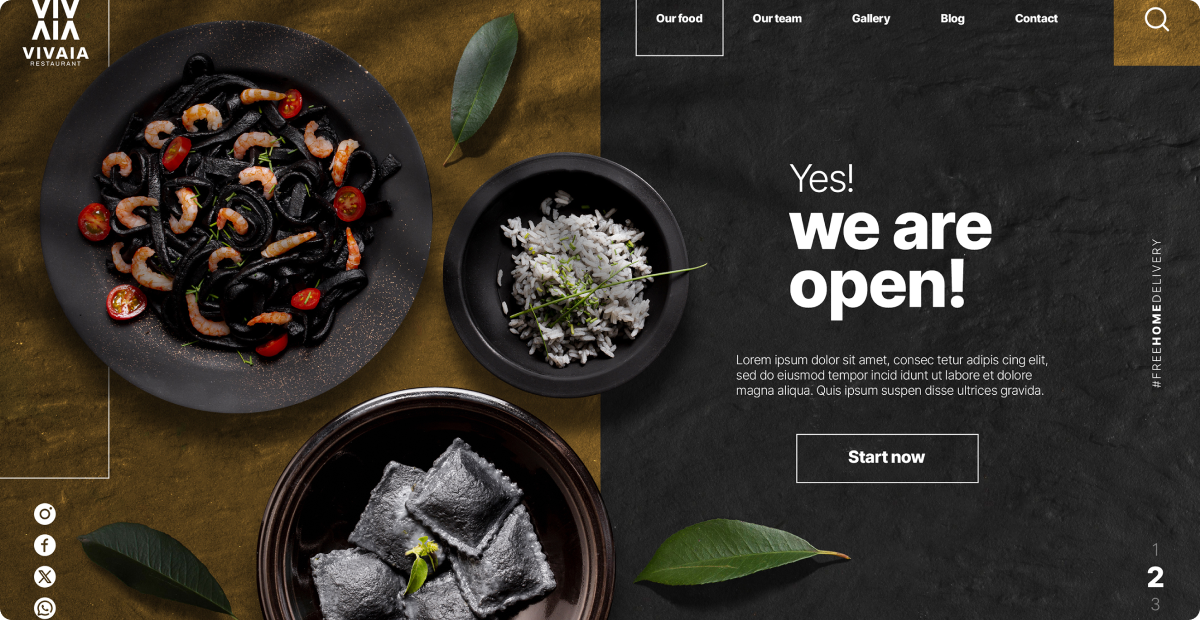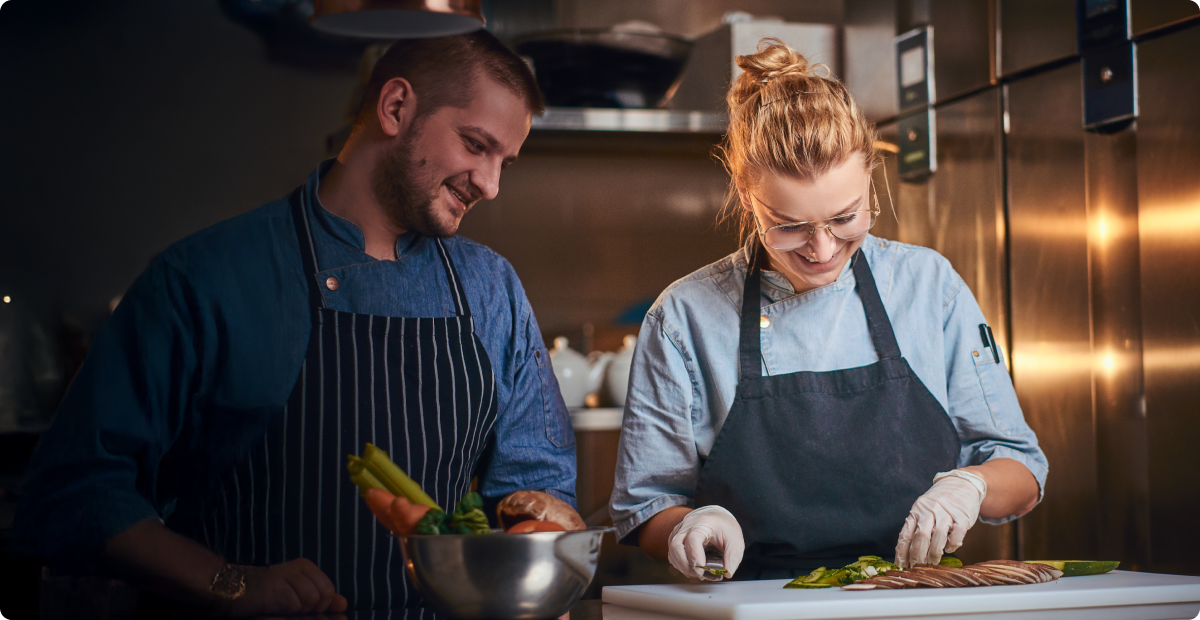Key Takeaways
The global pandemic of Coronavirus drove rapid and massive changes in the way the restaurants operate. Because of local business restrictions, some restaurants were forced to shift quickly to off-premises channels and change their menus to emphasize delivery. Some restaurants had to adjust their operations to match new sales levels by moving to a limited-capacity model.
Restaurants have been shaped or accelerated by five key trends as the industry rises from challenges and uncertainties prompted by the global pandemic.
There is no way to predict exactly what will happen in 2025, but if you are a restaurant operator or owner, it is certain that you are planning ahead. Those who operate, manage, or own restaurants need to begin planning now for the New Year. Here are some of the biggest challenges that are expected to arise in the coming year:
Challenge #1 Restaurants will go even more digital
Due to the looming threat of a pandemic, with new variants being discovered across the globe daily, digital is the future in almost every industry, including food delivery. The food industry remains as competitive as ever, and in order for a restaurant to establish its brand identity it needs to enhance its digital footprint.
To remain competitive, restaurant businesses must incorporate online ordering, delivery and curbside pickup into their operations. Across the industry, digital ordering now represents 28% of all orders compared with 10% before the pandemic, with most brands showing increases.”

Solution: Restaurants will have to continue figuring out the delivery of food items through various digital formats among the larger scheme of things. Restaurants will have to remain innovative while keeping themselves updated on various online food delivery apps. In addition, they would also have to keep the restaurant’s websites up-to-date while adhering to the latest trends in the food industry.
When it comes to designing a digital menu, restaurateurs must consider food quality and delivery. Restaurant businesses today must consider digital when making current and future decisions. Installing an exclusive online ordering system like Restolabs would be a good start towards going digital.
Challenge #2 Consumers have been seeking variety and new types of food choices

The taste of a customer has dramatically evolved over the years. People are more open to experimenting when it comes to food items like never before. A part of this influence could also be attributed to various social media platforms which have been instrumental in introducing people to new, innovative and exotic dishes from across the globe. The various food challenges that are introduced on social media platforms spark a sort of trend while providing insight about a particular dish from across the world.
In the bargain, people are open to opting for food items that promote health and introduce exotic ingredients.
Solution: It’s all thanks to the web wired world, trends are being closely watched and followed by people and they are keen to lap up any new idea, and this includes food item as well. New and updated food items on the menu list is likely to draw more customers. Restaurants will have to remain open to experimenting with new ideas and new types of food choices to gain an edge over their competitors. This remains the most challenging as well as the appropriate time for the introduction of some path-breaking ideas, this includes new menu list as well.
Challenge #3 Restaurant layouts will shift to accommodate new demands

According to a reader survey fielded by Restaurant Development+Design, 44.59% anticipate the development of non-traditional locations with a mix of on-and-off-premises dining will drive development.
In the February 2021 survey, 62.5% of restaurant designers surveyed said they were developing designs that took pandemic factors such as social distancing and improved outdoor dining spaces into account. By August that number remained fairly steady with 59.72% of readers saying they took pandemic factors into account while designing new restaurants.
The feedback offered both in February and August offered a mix of responses with one key theme: flexibility. “We’re taking pandemic measures into account but not in a way that will make it necessary to remodel when pandemic regulations are over,” said one. Yet another noted that there is a "big emphasis on outdoor spaces and takeout” compared to the past.
Solution: To maintain a comfortable atmosphere in the restaurant, it will be a top priority to utilize the space creatively to maintain distance between tables. The seating capacity of restaurants will have to be reduced in order to allow for social distancing. A restaurant with tight margins must make every effort to keep its employees and customers safe. Offering no-touch solutions will be of the utmost importance to restaurants.
Challenge#4 Dealing with shutdowns
Restaurants have become more adaptable, with many transforming from a full-fledged dining room into a takeaway unit. More than 110,000 eating and drinking establishments in the United States closed for business—temporarily or permanently—in 2020, with nearly 2.5 million jobs erased from pre-pandemic levels, according to the National Restaurant Association. Things are far from normal currently. Starbucks closed down approximately 400 branches, while Steak 'n Shake permanently closed down 51 restaurants.
Solution: Restaurants may want to consider becoming catering-only businesses. Due to the transition from in-office work to a hybrid work-from-home arrangement, many companies use catering at work. Consequently, restaurants have begun to think of creative ways to rebuild their catering business.
Box lunches, for example, are more common than large food trays. Managers might opt to send their remotely working employees food gifts or treats to their employees, for example, thai lunch packages, pizzas delivered for a virtual pizza party, fruit baskets etc.
Challenge#5 Keeping sustainability at the forefront
The food industry has taken sustainability issues somewhat for granted, but it is vital that you make an attempt to bring back the seriousness. Consumer fears over virus contamination have brought back plastic wrap, as evidenced by the sea of plastic wrappings surrounding our fruits and vegetables at the supermarket. Next year, the industry should again put sustainability at the top of its priority list. In restaurants, sustainability means protecting, preserving or restoring the environment, promoting social equity, and enriching the lives of people and communities.
.png)
Solution: You can take small steps that would contribute to the cause. Restaurants can reduce waste by composting, and recycling food waste, eliminating the use of Styrofoam, and designing a zero-waste management plan. For instance: partner with the right producers such as organic farmers, source as much possible product locally, choose linen over paper napkins, print their menu on recycled paper, and such.
Conclusion
There is no one-size-fits-all solution to the crisis. The speed and shape of recovery will also vary across restaurants and regions, one of the reasons being the states have different approaches and timelines for allowing restaurants to reopen. Both restaurants and consumers have wide open transformational opportunities. Only time will say what lies in store!
Frequently Asked Questions


.gif)

.png)


.png)



